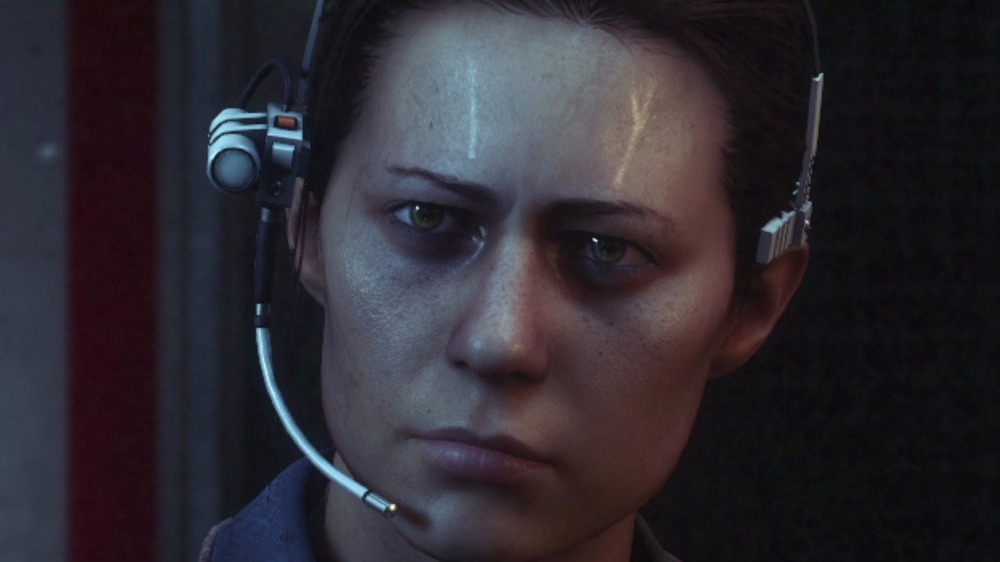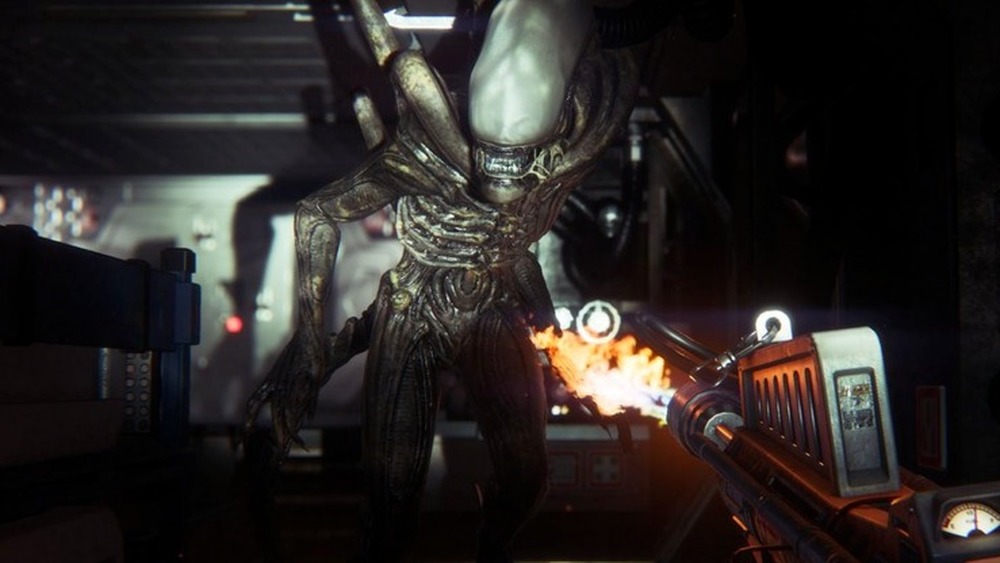The Secret Behind Alien: Isolation's Terrifying Xenomorph
Alien: Isolation has one of the most impressive AI systems in any video game. When first released in 2014 by Creative Assembly, Alien: Isolation wowed critics with its seemingly all-seeing Xenomorph, but even in 2020, the game's AI mechanics remain impressive.
Tommy Thompson of AI and Games explains the more unique details of Alien: Isolation's AI programming. In order to make sure that the alien is frightening (without relying on jump scares) as well as intimidating to players while maintaining a sense of player agency, Creative Assembly used trusted AI mechanics, with a twist. Alien: Isolation utilizes a two-tiered AI system, with one AI constantly monitoring where the player and alien are on the map and one AI managing the alien itself, maintaining believable reactions to both the player and the world (5:06).
Because the game utilizes two separate AI systems, the alien isn't allowed to break its own rules and can't interact with the other AI system in order to find the player. Instead, the alien has to intuit where the player is on the map based on its own abilities. The alien is smart, but not so smart that it can cheat in order to win.
Double the AI, double the fun
Because Alien: Isolation uses two AI systems, the macro system, or director, can keep track of how scary the game is at any given time (7:02). Typically, the game is more frightening when the alien is near the player character, but games can't be scary all the time. Players need a break from the dread that comes with thinking an alien might rush you at any moment, and when players have experienced enough stress, the macro AI backs off, sending the alien into another room or into the air vents to take a breather.
By creating a delicate balance of terror and relief, the dual AI systems allow players to experience a balanced horror experience that keeps the game interesting and fresh.
In a second video on the topic, Thompson discusses how the AI system controlling the alien uses senses like any creature would. In order to register that the player is present and a threat, the alien must have a certain number of senses detect the player nearby. However, these senses are more complex than one might initially think.
The eyes have it
The alien in Alien: Isolation has multiple types of vision sensors instead of just one, allowing it to see things far away, up close, and peripherally (7:56). By having four different types of vision, the AI system of Alien: Isolation has a more complex way of interacting with the player character. Even if the player is close to the alien, at its side for example, the alien can still sense it with its "close" vision. A traditional cone of vision would not catch a close-range object, but the complex system of senses in Alien: Isolation can. Interestingly, changing the difficulty level of the game impacts the AI by putting the alien at a disadvantage and shortening its vision range (20:10)
If you need to scare yourself, Alien: Isolation ranks high on the list of games that will completely creep you out. Alien: Isolation has even been known to scare a streamer or two in its day, but it works just as well if you're playing by your lonesome. Alien Isolation is now available on most platforms, including, most recently, the Nintendo Switch.



